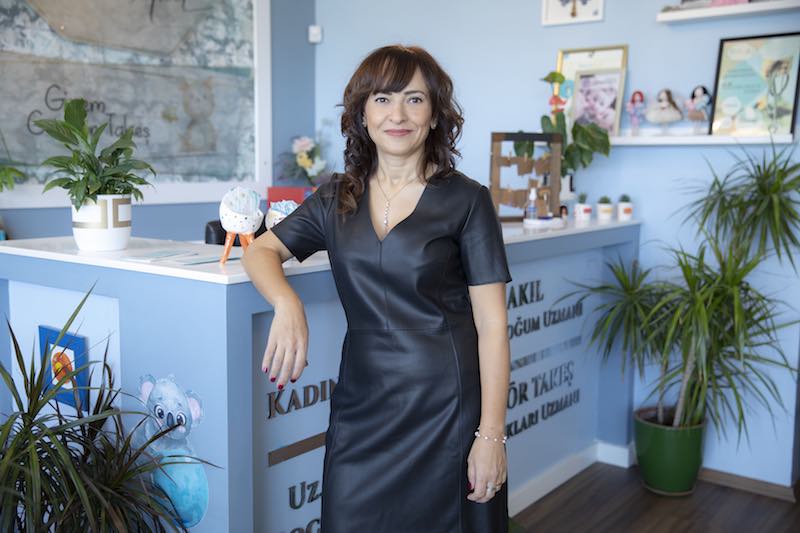Laser vaginal rejuvenation treatment is applied in our clinic with Fotona Smooth Laser, which works with Er:YAG technology.
RenovaLase®, Fotona Smooth Laser’s exclusive program, is a unique and innovative, non-invasive 2940 nm Er:YAG laser treatment for vaginal atrophy symptoms. It is based on non-ablative photothermal treatment of the vaginal canal. Clinical studies show it to be an effective, easy-to-use, fast and safe procedure that eliminates the need for prolonged administration of estrogen.
RenovaLase treatment is based on gentle and controlled laser heating of vaginal tissue, which stimulates angiogenesis, fibroblast activity, and new collagen formation without thermal or ablative damage. As a result, symptoms such as dryness, itching, irritation and painful sexual intercourse are reduced, while at the cellular level, the vascularity and epithelial thickness of the lamina propria (the tissue under the skin) increase. Scientific results clearly show a significant improvement in vaginal atrophy (dryness) symptoms. The results show positive changes in the tropism of the vaginal mucosa with increases in collagen and vascularization as well as glycogen level and epithelial thickness.


Vaginal rejuvenation is successfully achieved with RenovaLase® without the need for long-term estrogen therapy, especially in women who are reluctant to use estrogen therapy, have a history of estrogen-related cancer (such as breast, endometrium) or do not want to use estrogen.
Vaginal rejuvenation treatment with Fotona Smooth Laser takes between 10-15 minutes. It is generally a painless procedure and does not require anesthesia. Some patients may experience mild pain, burning or itching at the entrance to the vagina during application, but is generally well tolerated and does not exceed 24 hours. No ongoing or persistent post-treatment pain has been reported.
Before the procedure, you must have a PAP smear test performed within the last year with a normal result. Apart from this, no special pre-operative preparation or post-operative precautions are required and there is no need to use antibiotics after the procedure. There is no visible damage to the tissue, blood loss or surgical intervention. Two or three sessions are recommended, usually once a month.
Without a recovery period, patients can continue their daily lives immediately after the application. After treatment, sexual intercourse is not recommended for one week. Although a watery discharge may be seen after the application, this is temporary.